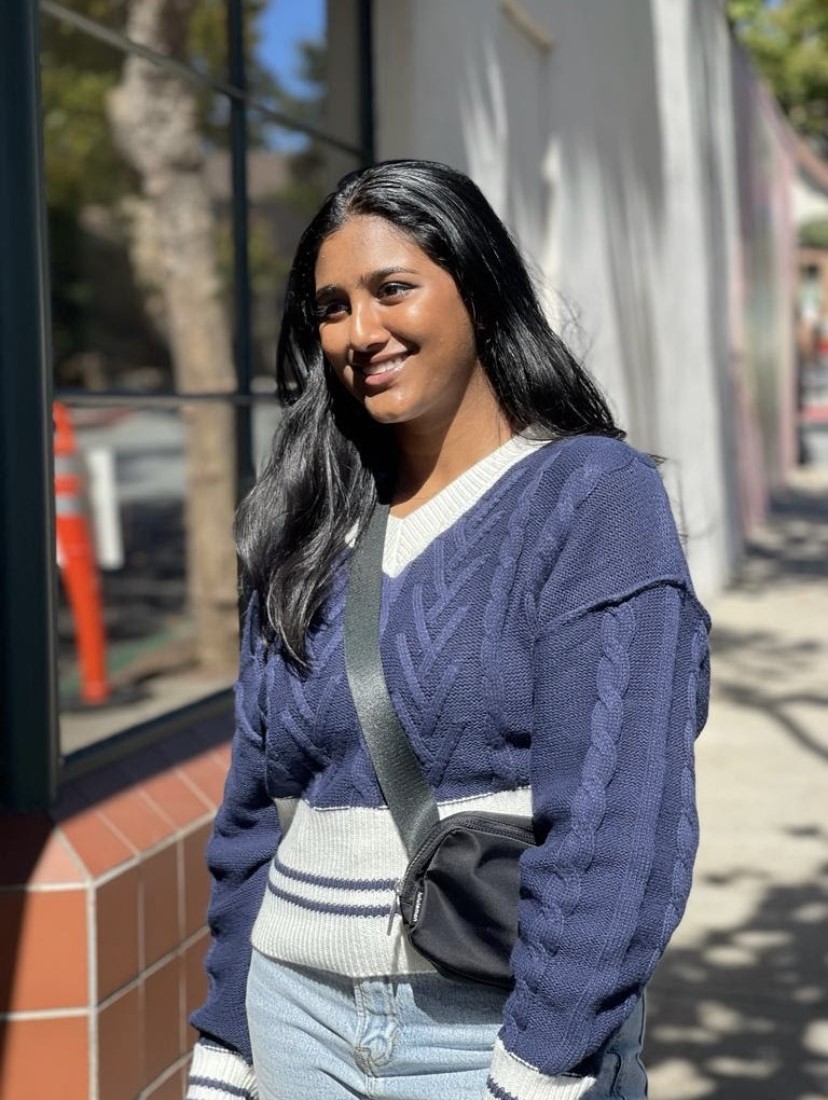The idea came to me at the perfect time, and it couldn’t have been more convenient. In one of my history classes, I had a classmate who was explaining how difficult it was for her to read and learn from our massive textbooks, and she nonchalantly commented on how much better it would be to have an audio format of the textbook. This remark, along with my mom’s work in special education, made me realize how big of an issue the learning curve was for different people. Following that, I put together my skills in biology and my passion for accessible learning to create Snowflake Learning.
Snowflake Learning is a platform where we use Universal Design for Learning (UDL) principles—a set of equal opportunity principles that aims to express material in as many ways as possible— to create videos used to teach material in various schools. For example, a page of text is converted into interactive videos, colorful charts, and Quizlet sets to express the information in as many different ways as possible. When trying to make something as easy as possible to understand, every little detail matters, down to even the font size of the notes and the color of the highlighting. Snowflake Learning aims to turn boring and unengaging textbooks into bright and easy-to-understand lessons.
Mrs. Van Dyke was a crucial part of my desire to provide different forms of learning to classrooms. I initially got started on my first videos working alongside her to get the videos into her classes, and subsequently, the biology department. I was always the kid who took diligent notes in class, and felt confident about the subject, I began to create prototype videos while working with Mrs. Van Dyke based off of what I had learned in class. She was the teacher who supported me from the very beginning, and even now, with a lot more teachers involved in the program, she is still always there for us.
Even with all the support, Snowflake Learning went through a lot of ups and downs. A couple of months ago, I sent out a feedback form to all of the students who had a chance to view my videos, and I was ecstatic to see the overwhelming support and the requests for more videos. It fills me with pride because students with learning differences aren’t represented very well within the classroom environment, and our videos act as a tool for them to feel seen and understood. However, the process of starting up and maintaining the non-profit came with a lot of challenges. A significant part of our mission is to be up to date with research on UDL principles in order to ensure that the impact and ability of our videos is being maximized. Along with the technological aspects of maintaining the website and presenting the idea to many different schools, it was a tiresome trial and error process.
With college looming in the distance, I know that Snowflake Learning will have to be as sustainable as possible. I’m hoping to create a tracking system to oversee the distribution of the website and learning material, and to continue spreading the resource, even though I won’t be directly involved with the high schools anymore. I still have plans to expand Snowflake Learning to different grade levels, as inclusive learning starts at a young age.
College applications are time-consuming, and sometimes it can be nerve-wracking to invest time into the project, but the end results and the motivation to help others keeps me going. I know that this project isn’t going to stop anytime soon, and I hope to see it in all classrooms from elementary schools to colleges one day.


